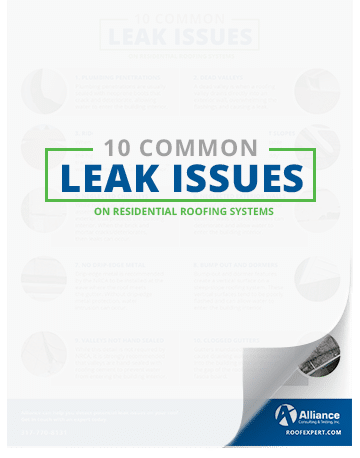The Impact Of Roof Ventilation On The Success Of Installation Tasks
The Impact Of Roof Ventilation On The Success Of Installation Tasks
Blog Article
Material Author-Thorpe copyright
When you're dealing with a roof covering job, you could not think much about roof air flow, yet it's more crucial than you realize. Effective ventilation assists control temperature level and wetness in your attic room, preventing issues like mold and mildew and architectural damages. By comprehending exactly how to make and mount a well balanced ventilation system, you can boost energy effectiveness and lengthen the life expectancy of your roof materials. So, what are the vital aspects to consider during installment that can make all the difference?
Value of Roofing Air Flow
Roofing ventilation plays an important duty in preserving the total wellness of your home. By allowing fresh air to distribute through your attic room, it helps regulate temperature and dampness levels. This balance is essential to avoid heat buildup throughout warm months, which can lead to boosted power costs as your a/c works overtime.
Additionally, correct air flow substantially lowers the risk of moisture-related concerns like mold and mildew and mold. If humidity levels rise, your home's structural stability can be endangered, resulting in expensive repairs. You wouldn't wish to take care of decaying timber or deformed roof covering materials, right?
Furthermore, https://www.buildings.com/articles/27345/3-high-tech-tools-can-better-your-buildings-roof-and-exterior extends the life-span of your roofing system. When warm and wetness are kept in check, your roof covering can perform efficiently, protecting against early wear and tear. This suggests less headaches and expenses down the line.
Exactly How Roofing Ventilation Works
Effective roof covering air flow counts on the all-natural activity of air to develop a balance in between consumption and exhaust. When you set up vents, you're essentially enabling fresh air to enter your attic room while allowing warm, stale air to get away. This procedure aids manage temperature and moisture levels, preventing issues like mold development and roofing damage.
Intake vents, commonly discovered at the eaves, attract cool air from outside. On the other hand, exhaust vents, located near the ridge of the roof covering, let hot air surge and exit. The difference in temperature develops an all-natural airflow, known as the pile effect. As warm air increases, it creates a vacuum cleaner that draws in cooler air from the lower vents.
To enhance this system, you require to make certain that the intake and exhaust vents are properly sized and positioned. If the intake is limited, you won't attain the preferred ventilation.
Also, inadequate exhaust can catch warmth and wetness, causing prospective damages.
Trick Setup Factors To Consider
When installing roof air flow, numerous key factors to consider can make or break your system's efficiency. First, you need to evaluate your roofing system's design. The pitch, shape, and materials all affect air movement and ventilation choice. Make sure to select vents that match your roofing type and regional climate problems.
Next, take into consideration the placement of your vents. Preferably, you'll want a balanced system with consumption and exhaust vents positioned for optimum air flow. Location consumption vents low on the roofing system and exhaust vents near the top to motivate an all-natural circulation of air. This setup aids prevent moisture build-up and promotes power efficiency.
Don't ignore insulation. Proper insulation in your attic protects against warmth from escaping and keeps your home comfortable. Ensure that insulation does not block your vents, as this can prevent air movement.
Last but not least, think about upkeep. Choose air flow systems that are easy to access for cleansing and examination. Normal maintenance ensures your system remains to work successfully with time.
Verdict
To conclude, roofing system ventilation is necessary for a successful installation. By guaranteeing correct air movement, you can prevent heat accumulation and wetness issues that lead to expensive damage. When get redirected here and exhaust vents, you boost power effectiveness and prolong the life-span of your roofing. Remember, a well-ventilated roof not only protects your investment yet additionally enhances your interior air quality. So, focus on ventilation to make sure a resistant and cost-efficient roofing system for your home.
